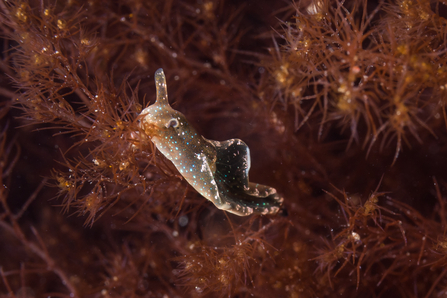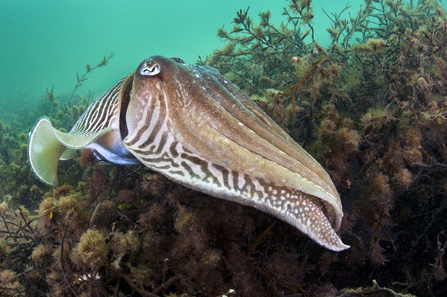From honeycomb worms to solar powered sea slugs, this summer’s National Marine Week from The Wildlife Trusts will shine a light on some of the lesser-known creatures and plants found in UK seas.
The annual seaside celebration aims to inspire a new generation of marine conservationists and volunteers through rock pool rambles, snorkel trails, beach cleans and other events that help nature, around the British Isles. National Marine Week takes place from Saturday 22nd July to Sunday 6th August – spanning a fortnight due to varying tidal conditions around the UK.
UK seas are home to over 330 species of fish, 28 cetaceans, seagrasses, seaweeds and living reefs. The marine environment is also under huge pressure from damaging fishing practices, development at sea and pollution from farming, sewage and plastic.


